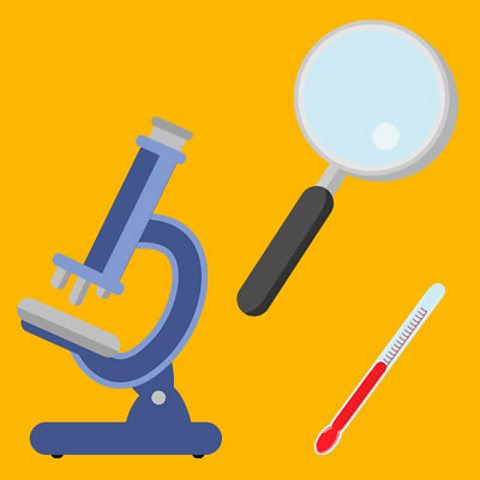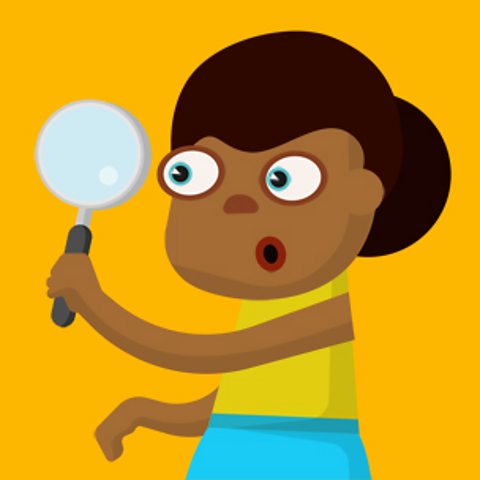The World Around Us
We've been busy refreshing all of our investigations so that you can use them stand-alone, at any time to fit in with your science lesson planning.
Here's a handy list of the investigations which fit with the theme of The World Around Us, with all the key information you need.
Each investigation has a teacher resources page which explains how to carry out the investigation. There is also a classroom presentation page that can be used to explain the investigation to your class.
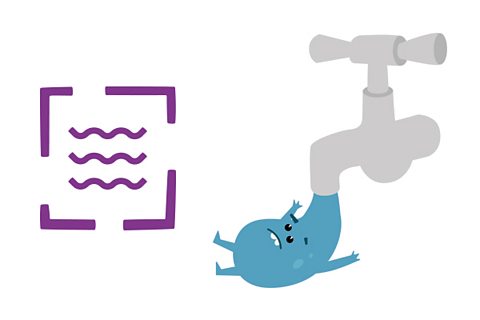
Water
A great introduction to the properties of water and the Water Cycle. Children test the water that comes out of the tap in their classrooms to see if it is hard or soft, due to the amount of minerals in it. Then they test the âMpemba Effectâ, to see if warm water freezes faster than cold.
Links to: Materials and their Properties, Water Cycle.
Key equipment: Water hardness test strips, access to a small freezer.

Time
How does the movement of the earth around the sun affect time? Children will find out about the earthâs orbit and day length/seasons around the world as they test what happens when the clocks change.
Links to: Earth and Space, Health and Wellbeing, involves mathematical calculation.
NB: Needs to be completed around the time of either autumn or spring clock change in UK. Requires sleep diaries to be completed at home over 2 weekends.
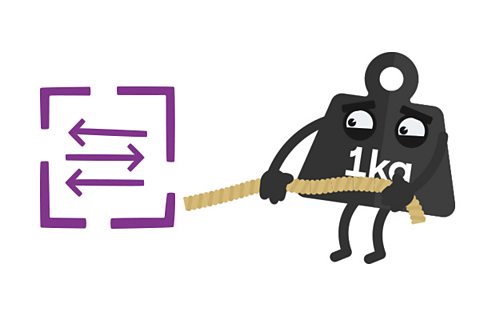
Forces
In this investigation, children learn about air resistance and aero dynamics, as they design costumes to slow down a fast runner and then test out their designs.
Links to: Forces â air resistance, Materials and their Properties, involves mathematical calculation.
Key equipment: Various âcostumeâ materials, stopwatch.
NB: requires outside space for running, can link into school sports day.
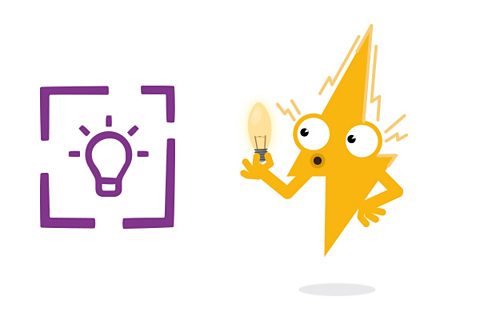
Power
How much electricity does your school use and how can you reduce that amount? By recording electricity usage over a period of days, children learn about how electricity is generated and how it works (circuits etc) as well as investigating sources of sustainable energy.
Links to: Electricity, The Environment, involves mathematical calculation.
Key equipment: Adult-led access to the school electricity meter.
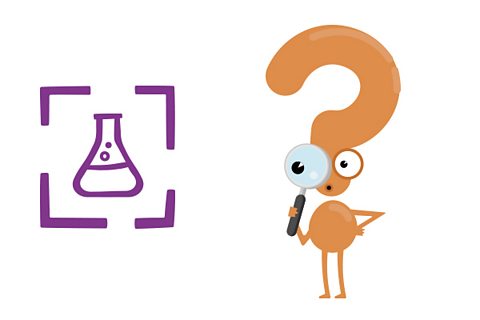
Question
This investigation allows children to build on what they have learnt and come up with their own experiment to explore an aspect of one of the Terrific Scientific investigations. Full resources are available to support teachers to facilitate this.
Links to: Scientific Enquiry.
NB: It is recommended that students complete at least 3 previous investigations before undertaking the âQuestionâ investigation.
